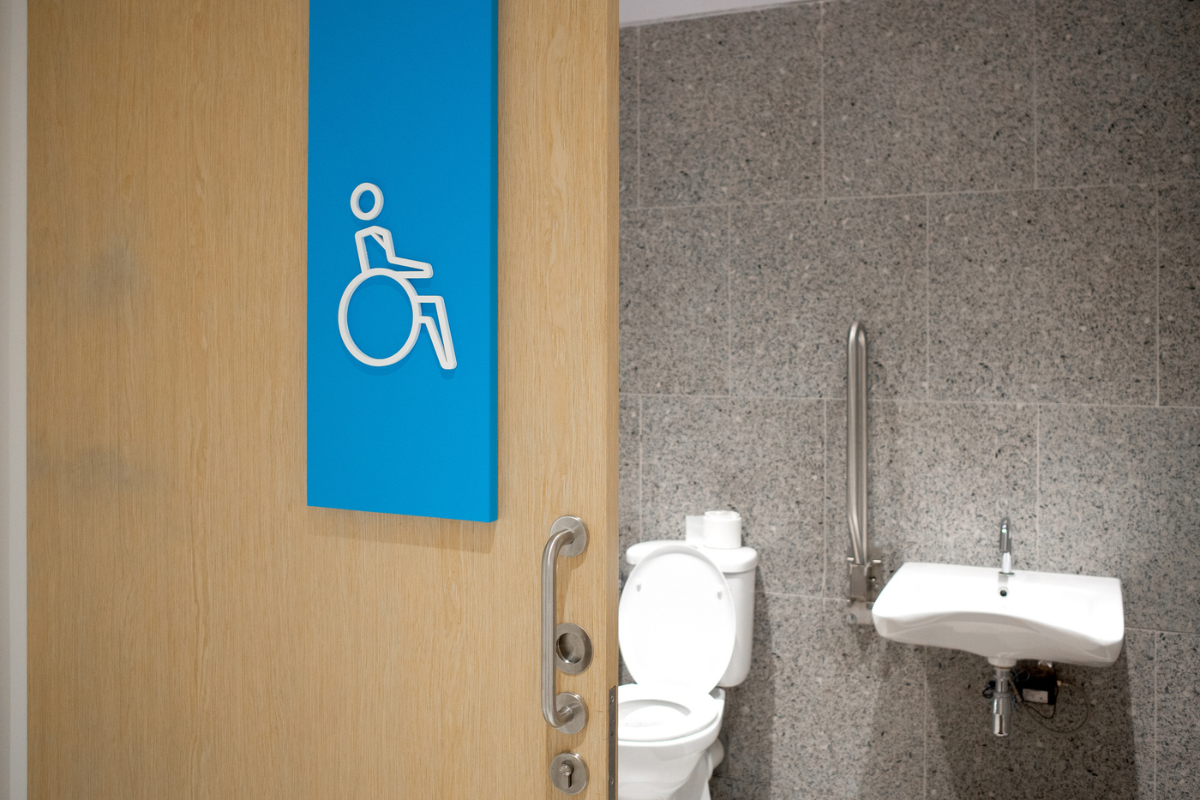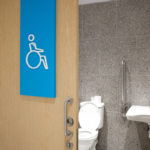People with disabilities must be treated fairly and not be discriminated against, especially at work. The Americans with Disabilities Act (ADA) was passed in 1990 for this safeguard. Under Title I of the ADA, if a company has 15 or more employees, they’re required to provide reasonable accommodations for workers with disabilities. This helps ensure everyone has a fair shot at doing their job well and enjoying the same opportunities as everyone else. Read on to understand ADA accommodations.
Types of Disabilities Covered Under the ADA
The ADA covers a wide range of disabilities, which are defined as physical or mental impairments that substantially limit one or more major life activities. Some examples include:
- Physical disabilities: Conditions like mobility impairments, visual or hearing impairments, epilepsy, and chronic illnesses such as diabetes, arthritis, MS, migraines, and autoimmune disorders like lupus and ulcerative colitis.
- Mental health conditions: Disorders such as depression, anxiety, bipolar disorder, or post-traumatic stress disorder (PTSD).
- Cognitive disabilities: Intellectual disabilities, learning disorders like dyslexia, or conditions such as autism.
- Temporary disabilities: Short-term conditions like recovery from surgery or injuries that limit major life activities.
A condition must significantly impact daily activities or essential job functions to be protected under the ADA, ensuring support for diverse challenges.
What Are Reasonable Accommodations?
Reasonable accommodations are adjustments or modifications to a job, work environment, or the way things are typically done, allowing employees with disabilities to perform essential job functions. These accommodations must not impose an “undue hardship” on the employer, meaning they should not be excessively costly, extensive or disruptive.
Examples of reasonable accommodations include:
| Modifying work schedules/allowing virtual or flexible hours to allow for medical appointments or to address fatigue related to a disability. | Providing assistive technologies such as screen readers, voice recognition software, or modified keyboards. |
| Adjusting the physical workspace, such as installing ramps, modifying desks, or providing ergonomic furniture. | Providing interpreters or accessible communication tools for employees with hearing or visual impairments. |
Employee Responsibilities
Employees seeking accommodations must notify their employer about their disability and the specific adjustments they need. Clear communication is essential to ensure the employer understands the request. While employees are not required to disclose detailed medical information, employers may ask for documentation to verify the disability and the need for accommodations. This documentation should come from a qualified healthcare professional: a licensed or certified individual with the expertise to diagnose and treat specific medical or mental health conditions.
Addressing Challenges
Despite ADA protections, misunderstandings or conflicts can arise. For example, an employer might believe an accommodation request is unnecessary or too burdensome. Employees who face such challenges can:
- Seek guidance from their company’s human resources department.
- Contact the Equal Employment Opportunity Commission (EEOC), which enforces ADA regulations.
- Explore mediation or alternative dispute resolution methods to address conflicts.
Employer Responsibilities
Employers are obligated to engage in an interactive process with the employee to identify appropriate accommodations. This process involves:
- Analyzing the job’s essential functions.
- Identifying the barriers faced by the employee due to their disability.
- Exploring potential accommodations and determining their feasibility.
Employers cannot deny reasonable accommodations unless they can demonstrate that providing them would cause an undue hardship. Additionally, employers must ensure confidentiality regarding an employee’s disability and related accommodations.
Benefits of Providing Accommodations
Accommodations benefit not only employees but also employers. By fostering an inclusive workplace, employers can:
- Attract and retain talented individuals with diverse skills and perspectives.
- Boost employee morale and productivity.
- Enhance their company’s reputation as an equitable and supportive employer.
Studies have shown that most accommodations involve minimal costs, with the Job Accommodation Network reporting that over half of accommodations cost nothing, and the rest typically cost less than $500.
Empowering Inclusivity Through ADA Accommodations
ADA accommodations play a crucial role in ensuring workplace equity for employees with disabilities. By understanding their responsibilities and engaging in open communication, both employers and employees can create a work environment that supports inclusivity, productivity, and mutual respect.
Sources:
U.S. Department of Justice.
U.S. Equal Employment Opportunity Commission (EEOC)
U.S. Department of Labor
Job Accommodation Network (JAN)














